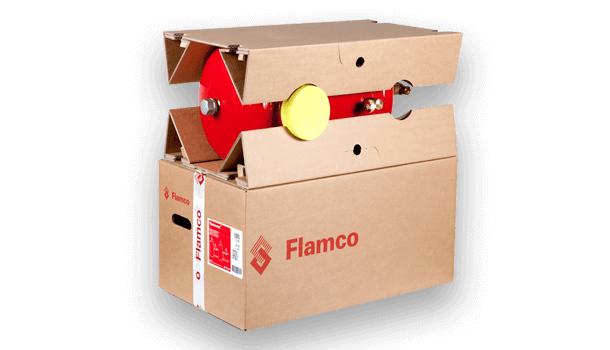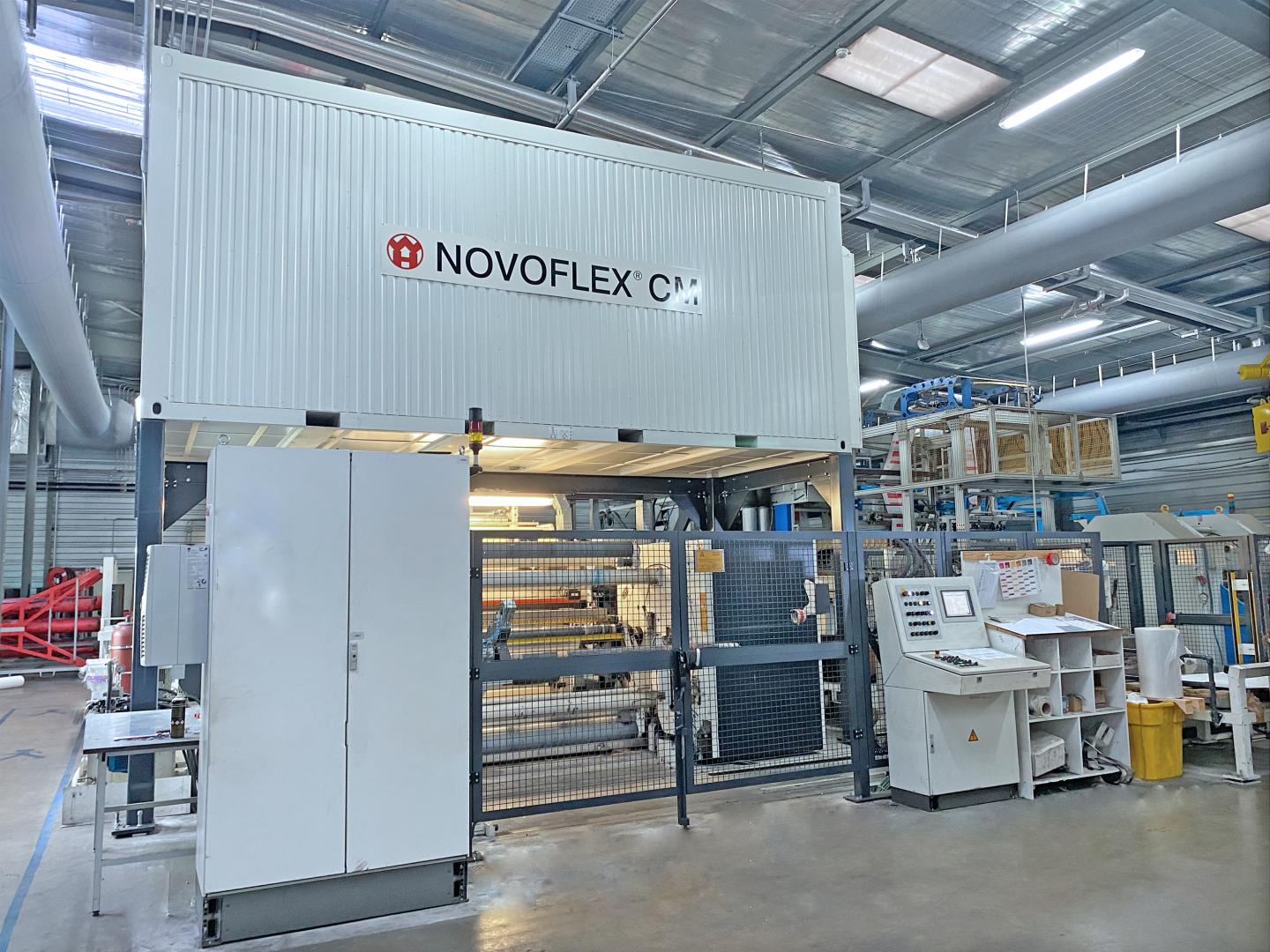Metallic Might: Industrial Metal Packaging Solutions Redefined
Metallic Might: Industrial Metal Packaging Solutions Redefined
Blog Article
Effective Industrial Recycling Solutions for Sustainable Packaging: A Comprehensive Overview
That's where this extensive overview on efficient commercial recycling solutions for lasting product packaging comes in. By checking out essential areas such as packaging product selection, designing for recyclability, applying reusing facilities, collaborating with reusing partners, and monitoring and determining recycling success, this overview will furnish you with the knowledge and tools needed to make informed choices and drive positive change within your company. Whether you're a packaging specialist, sustainability manager, or just interested in the subject, this overview will certainly supply important understandings and techniques to help you browse the globe of sustainable product packaging.
Product Packaging Material Selection
The choice of packaging products plays a vital function in making certain the sustainability of industrial recycling options. The option of materials is crucial in lessening environmental influence and maximizing recycling efficiency when it comes to lasting product packaging. Selecting the ideal materials can help in reducing waste generation, conserve resources, and promote a round economy.
One important factor to consider in packaging material choice is recyclability - plastic container manufacturer. Products that can be conveniently reused and included back right into the manufacturing cycle are chosen. For instance, materials like cardboard, paper, glass, and certain sorts of plastics can be reused numerous times without losing their quality. On the various other hand, products that are tough to recycle, such as non-recyclable compounds or combined plastics, can produce challenges for the reusing process and might wind up in garbage dumps or incinerators.
Another consideration is using naturally degradable and renewable products. Product packaging made from eco-friendly sources, such as plant-based plastics or biopolymers, can help decrease dependency on nonrenewable fuel sources and mitigate climate modification. In addition, eco-friendly products break down naturally with time, reducing the buildup of waste in landfills.
Additionally, the weight and quantity of product packaging materials should be lessened to lower transportation expenses and energy consumption. Light-weight products not just require fewer sources during production however additionally contribute to lower carbon discharges during transport.
Designing for Recyclability
Product packaging designers should focus on the use of products that are widely approved for reusing and have actually established reusing infrastructures. Materials such as glass, aluminum, and particular kinds of plastic, like Family pet and HDPE, are typically recycled and ought to be preferred over products that are challenging or costly to recycle.
Another essential consideration in developing for recyclability is the elimination of unneeded elements or materials. By decreasing the number of layers, finishes, and extra components, product packaging can be made easier and easier to reuse. In addition, designers ought to intend to minimize the use of combined materials, as they can make complex the recycling procedure.

Implementing Recycling Framework
Efficient implementation of reusing framework is critical for the success of industrial reusing options. Without proper facilities in position, the recycling procedure ends up being inefficient and ineffective, impeding the overall goal of sustainable product packaging.
To apply recycling facilities successfully, several essential aspects need to be taken into consideration. There must be a well-organized collection system that promotes the splitting up and collection of recyclable materials. This can include assigned reusing containers in public rooms, as well as partnerships with waste administration firms for curbside pickup and sorting.
Once gathered, the recyclable materials require to be delivered to recycling facilities in a timely way. This needs effective logistics and transport networks, ensuring that the products reach the suitable centers immediately.
At the reusing centers, advanced sorting and processing innovations need to remain additional reading in area to divide different kinds of products properly. This includes the usage of automated sorting equipments, optical scanners, and hand-operated sorting strategies.
In addition, there need to be a durable market need for recycled materials. This can be accomplished via cooperations with manufacturers and industries that make use of recycled products in their manufacturing procedures. Developing a secure market for recycled products incentivizes the recycling industry and promotes the circular economic climate.
Working Together With Recycling Partners

One secret aspect of working together with reusing partners is the establishment of clear communication networks. It is essential to develop open lines of communication to promote the exchange of information, updates, and responses. Recommended Site This permits both events to remain educated about the progress of reusing initiatives and attend to any difficulties or concerns that might arise.
In addition, cooperation can involve joint efforts in making and applying recycling programs. Reusing partners can supply beneficial understandings and advice in creating effective collection systems and figuring out the most ideal recycling modern technologies. By functioning with each other, organizations and recycling partners can enhance the reusing process and reduce waste.
Furthermore, cooperation can extend beyond the operational facets of reusing. It can also include campaigning for and education initiatives. By signing up with forces, organizations and recycling partners can increase recognition about the relevance of recycling and promote the fostering of lasting packaging practices amongst consumers and other stakeholders.
Monitoring and Measuring Recycling Success
To make certain the effectiveness of industrial recycling solutions and the achievement of lasting product packaging objectives, it is important for companies and their recycling partners to establish a comprehensive system for tracking and measuring reusing success (plastic container manufacturer). Tracking and determining recycling success allows organizations to analyze the effect of their reusing efforts, determine areas for enhancement, and established meaningful targets for future progression
One means to track recycling success is via the use of data collection and analysis tools. By gathering data on the amount of product packaging waste generated, the portion of waste that is reused, and the sorts of products being recycled, services can get company website beneficial insights into their recycling performance. This data can then be analyzed to recognize trends, patterns, and locations of inadequacy.
Another vital facet of monitoring and determining reusing success is developing standardized and clear metrics. This allows organizations to compare their performance against industry criteria and track their progress gradually. Metrics such as reusing prices, waste diversion rates, and greenhouse gas emissions can provide a quantitative procedure of a business's recycling success.

Final Thought
In conclusion, executing efficient commercial recycling solutions for sustainable packaging requires mindful consideration of product packaging material option, developing for recyclability, executing recycling framework, working together with reusing partners, and tracking and measuring reusing success. By integrating these practices, companies can add to a more environmentally-friendly and lasting method to packaging, decreasing waste and advertising the round economic situation.
By discovering key locations such as packaging material choice, developing for recyclability, applying reusing facilities, teaming up with reusing partners, and monitoring and measuring recycling success, this guide will certainly outfit you with the knowledge and tools required to make enlightened decisions and drive favorable adjustment within your company. Packaging developers need to prioritize the usage of products that are widely approved for reusing and have actually developed reusing frameworks.Partnership with reusing companions is vital for the effective execution of commercial reusing services and the accomplishment of lasting product packaging goals. By signing up with forces, services and reusing companions can elevate awareness regarding the relevance of reusing and promote the fostering of lasting product packaging practices among consumers and other stakeholders.
By gathering data on the amount of packaging waste produced, the portion of waste that is recycled, and the types of materials being recycled, businesses can acquire important insights into their recycling performance.
Report this page